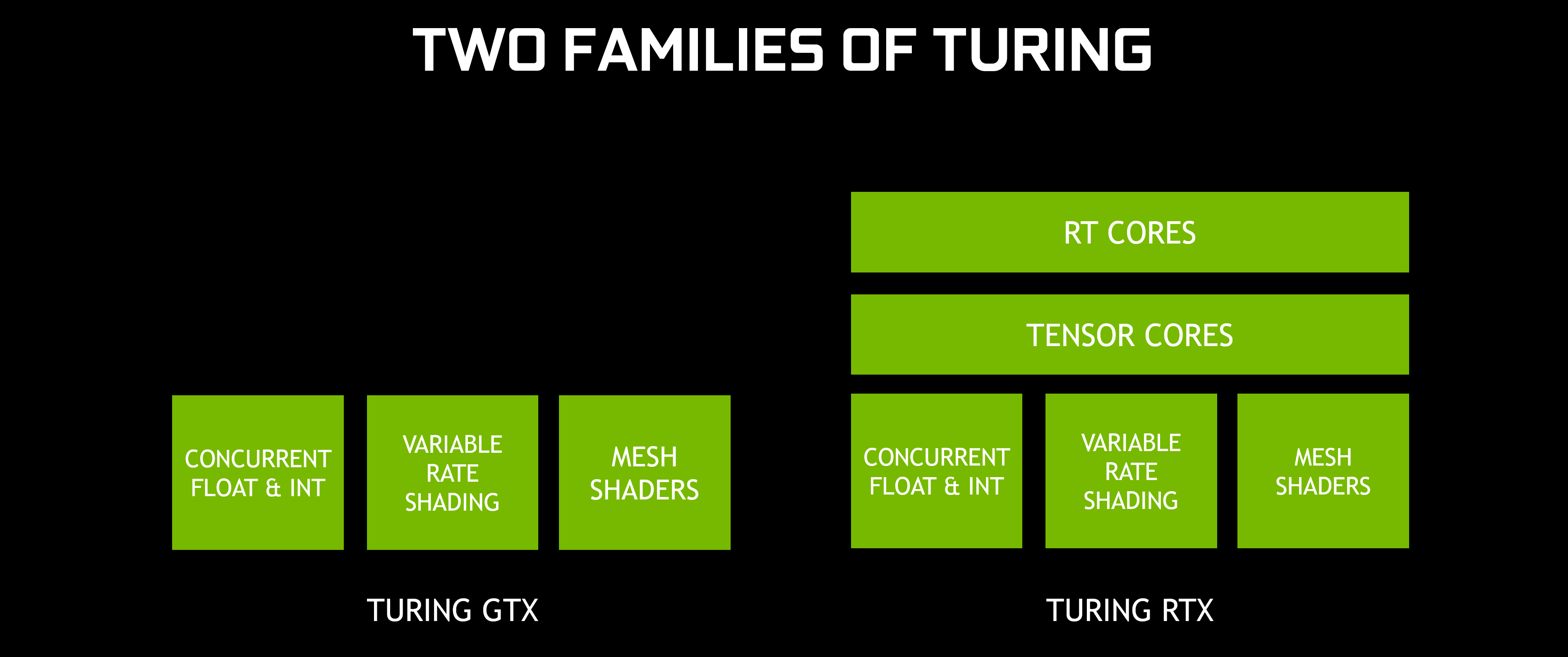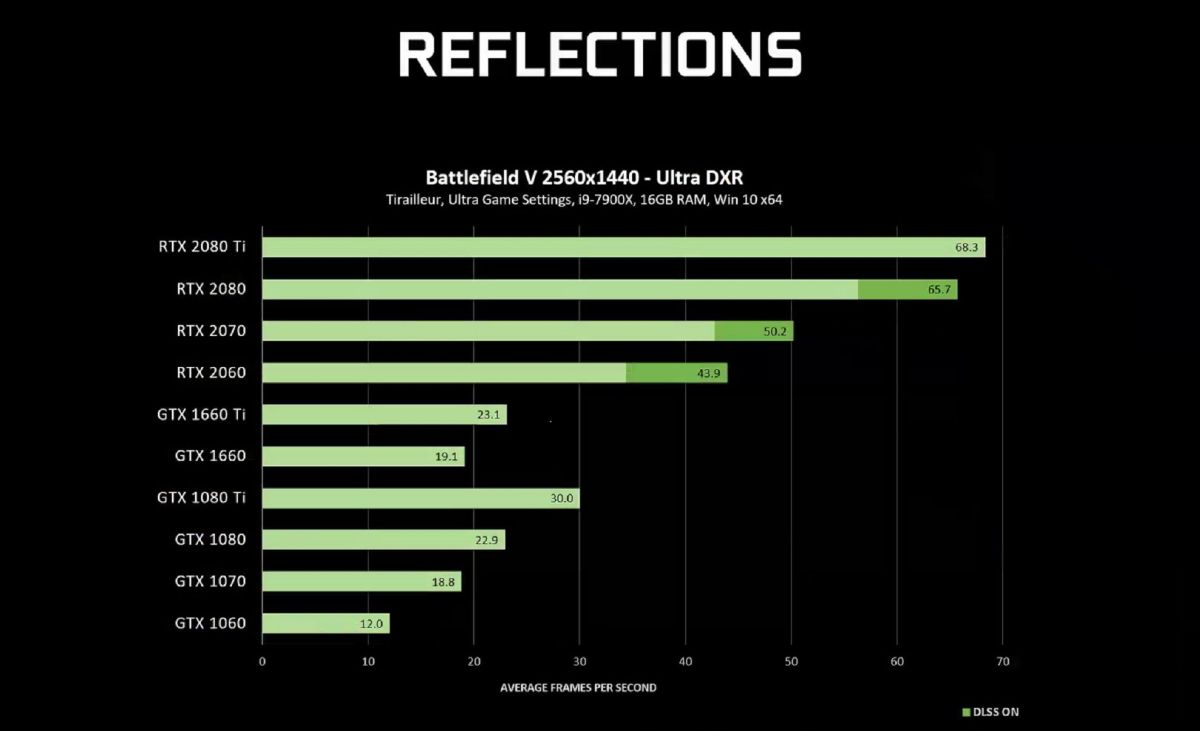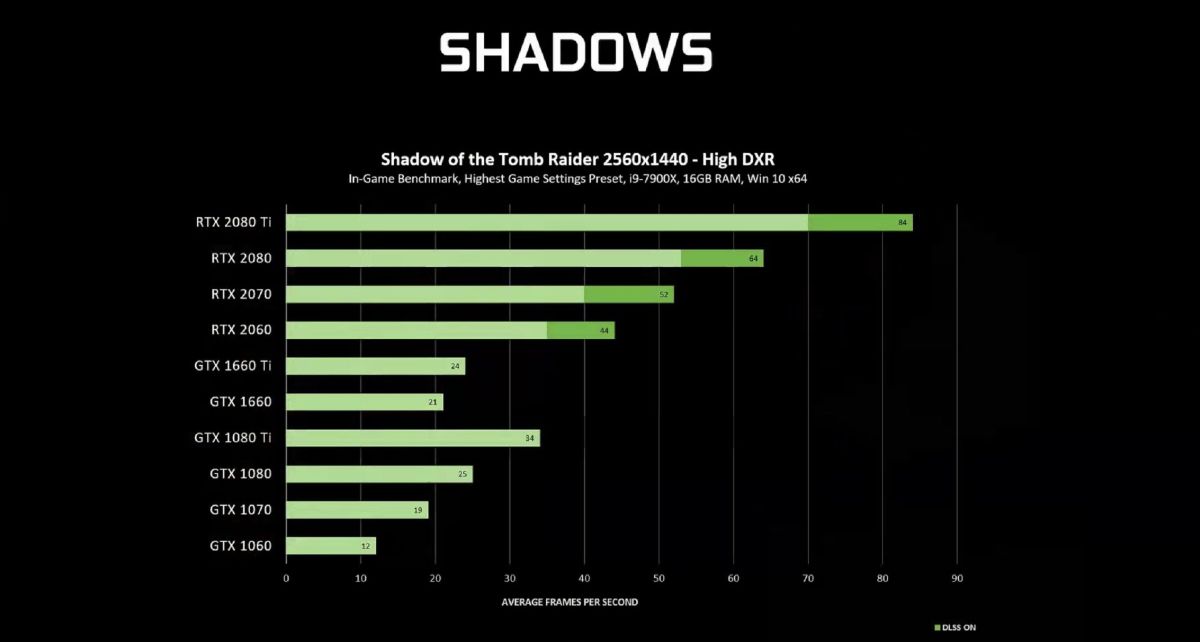Now, before you get all excited, there are one or two points that we need to make clear about NVIDIA’s DXR largesse. Firstly, and as mentioned at the start, running DXR on a non-RTX card is conducted on a software level. For the simple – if not obvious – fact that none of the GeForce GTX series cards has the necessary RT Cores that are present on the RTX cards. Second, NVIDIA is limiting ray-tracing support to its last generation Pascal-powered GeForce GTX cards, as well as its more recent Turing-powered GTX 1660 series cards. Specifically, only the GTX 1060 6GB, GTX 1070, GTX 1070 Ti, GTX 1080, GTX 1080 Ti, TITAN X, TITAN Xp, GTX 1660, and GTX 1660 Ti will be able to utilise real-time ray-tracing. The primary reason behind NVIDIA’s decision to limit the number of cards is a practical one; without the presence of physical RT cores, running real-time ray-tracing on non-RTX cards results in them taking a significant hit to its overall performance. NVIDIA had provided their own findings of these cards running with DXR on.
The average framerates it gave were understandably underwhelming, but it should be pointed out that the scenarios NVIDIA ran them in were all done at 1440p resolution and with almost all the settings maxed out either to Ultra or the second highest quality. In other words, gamers running games at Full HD resolution should see some improvement in performance. In conjunction with the new Game Ready drivers, NVIDIA has also released three new demos for gamers, should they feel inclined to try out the ray-tracing feature from themselves. The three demos are Justice, Atomic Heart, and the brand’s Reflections tech demo which is set in the Star Wars universe. All three demos can be downloaded at NVIDIA’s official page.



